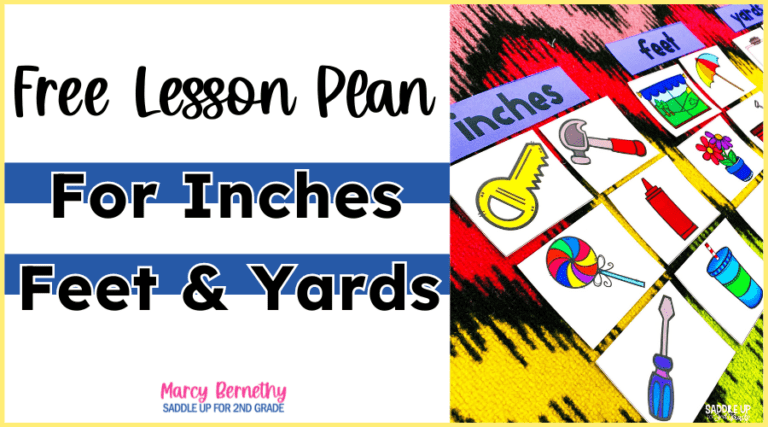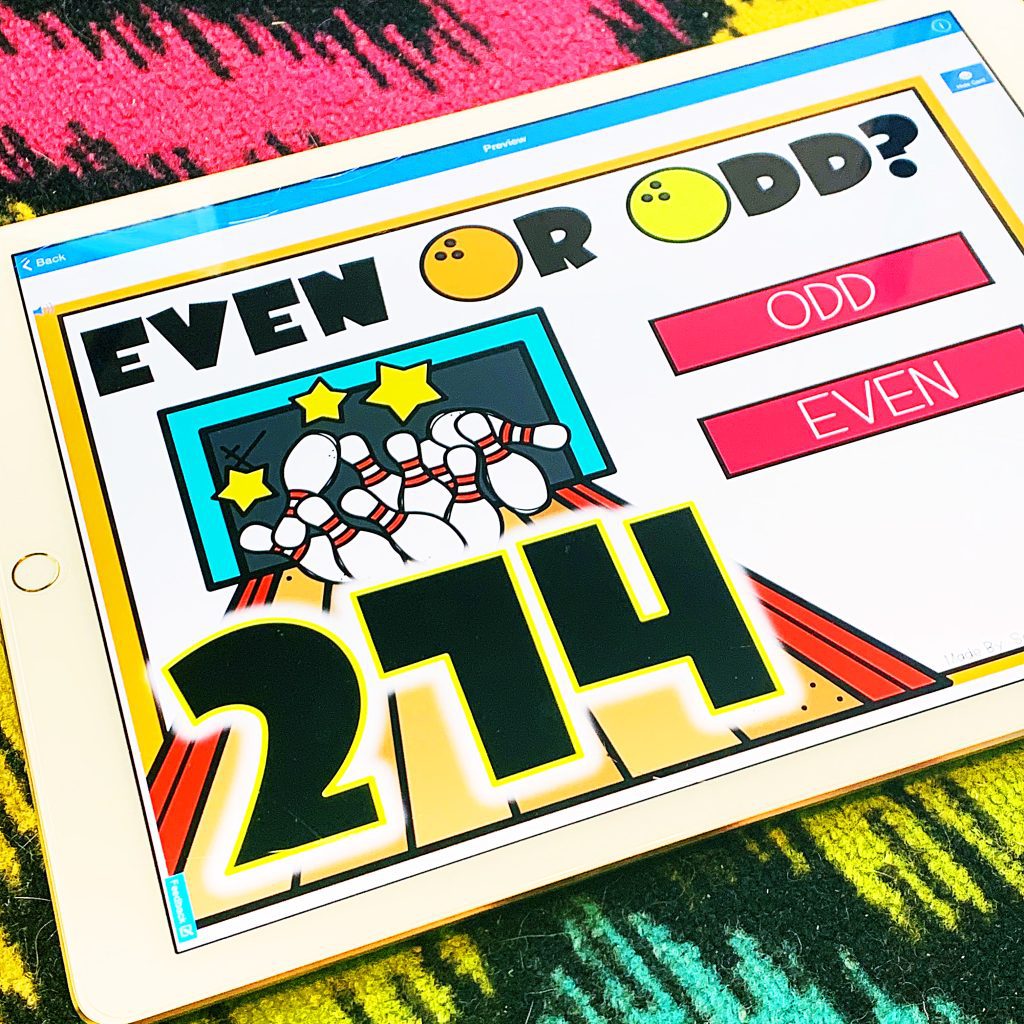

Join me for a FREE, Guided Math workshop to discover how to easily incorporate Guided Math into your current schedule!
Math isn’t always your students’ (or their parents’) favorite subject. For parents who struggled with math themselves or simply don’t have a math mindset, it can be challenging for them to help their child with math at home. Even for parents who enjoyed math as kids and try their best to support their students at home, it can be tricky.
I’ve heard many parents say, “I am not good at math” or “I don’t like math.” When parents don’t have a math mindset, that can translate into their children’s attitude when it comes to practicing math at home. Instead of becoming frustrated with parents that may not feel comfortable helping their kids with this subject, you can guide parents who don’t have a math mindset by sharing ideas, tips, and tools. Read on for 5 simple ways parents can help with math at home (and enjoy it!).

The first way to encourage parents to have a positive math mindset is to MODEL! Just like with our students, we must model to parents what we want to see more of. When you talk to them about math or send home activities or student work, get excited about it! Let them know how they can help their child with their math skills and which activities or at-home learning opportunities will help their child master the skill. Praise students for how hard they’re working and the “aha moments” you’re seeing during your math lessons.
Lists and lists of required assignments and problem sets can frustrate parents and students. Giving various options for students to practice skills will give parents more flexibility and let them help their students with activities that they are comfortable with. The various activities can focus on the same skills and standards in different modes.
One option I love to share with my students and their families is Boom Cards. These digital task cards aren’t only fun for kids, but they are self-checking, so students can work at their own pace without adding stress to parents to teach math skills. Boom Cards focus on multiple skill areas including: Addition Facts, Comparing Numbers, Place Value, Geometry, Fractions, Money, Arrays, and so much more.
Another option is to share math apps or websites with parents so their students can practice math at home. The math apps that I recommend are adaptable to student levels and involve gaming to keep students engaged. Some student and parent favorites include: Prodigy, Kahoot, SplashLearn, and DreamBox.

There are so many real-world math learning opportunities for students and parents to complete together at home. It doesn’t always have to be worksheets, homework, and math apps.
By encouraging parents to incorporate math at home while cooking, baking, gardening, playing games, or being out in nature, you can help make it more fun for both them and their child.
Send home these Math At Home Menus to give families more ideas on how to incorporate math into their everyday life. This also is a great way for parents to bond with their child and talk about math concepts in a less stressful environment.
There’s no doubt that many math skills are taught differently nowadays than when the parents of your students were in school. By providing weekly updates, whether in a student newsletter or in your parent communication app, like Seesaw or Google Classroom, parents can see what’s being taught and how.
You can send quick videos, snap pictures of different parts of your lessons, or provide tips on how you’re teaching specific concepts. This will help parents feel more confident when helping their children with math at home.
Finally, to encourage a positive math mindset, reassure parents that you are there to help their children (and them!). Communicate often, answer their questions, and do what you can to help them foster a positive math mindset at home. Be a cheerleader for students and parents throughout the year as they tackle new math skills and work towards mastery!
With a few simple tips and an open mind, you can create a strong math team with your students and their parents so everyone thrives this year!
Do you have a great tip for encouraging a positive math mindset and math at home? Drop a comment and let me know!

Math should be fun, not stressful. Ditch the timed math fact tests and replace them with math games that will help your students learn and retain information more effectively.
© Saddle Up for 2nd Grade • Website by KristenDoyle.co

